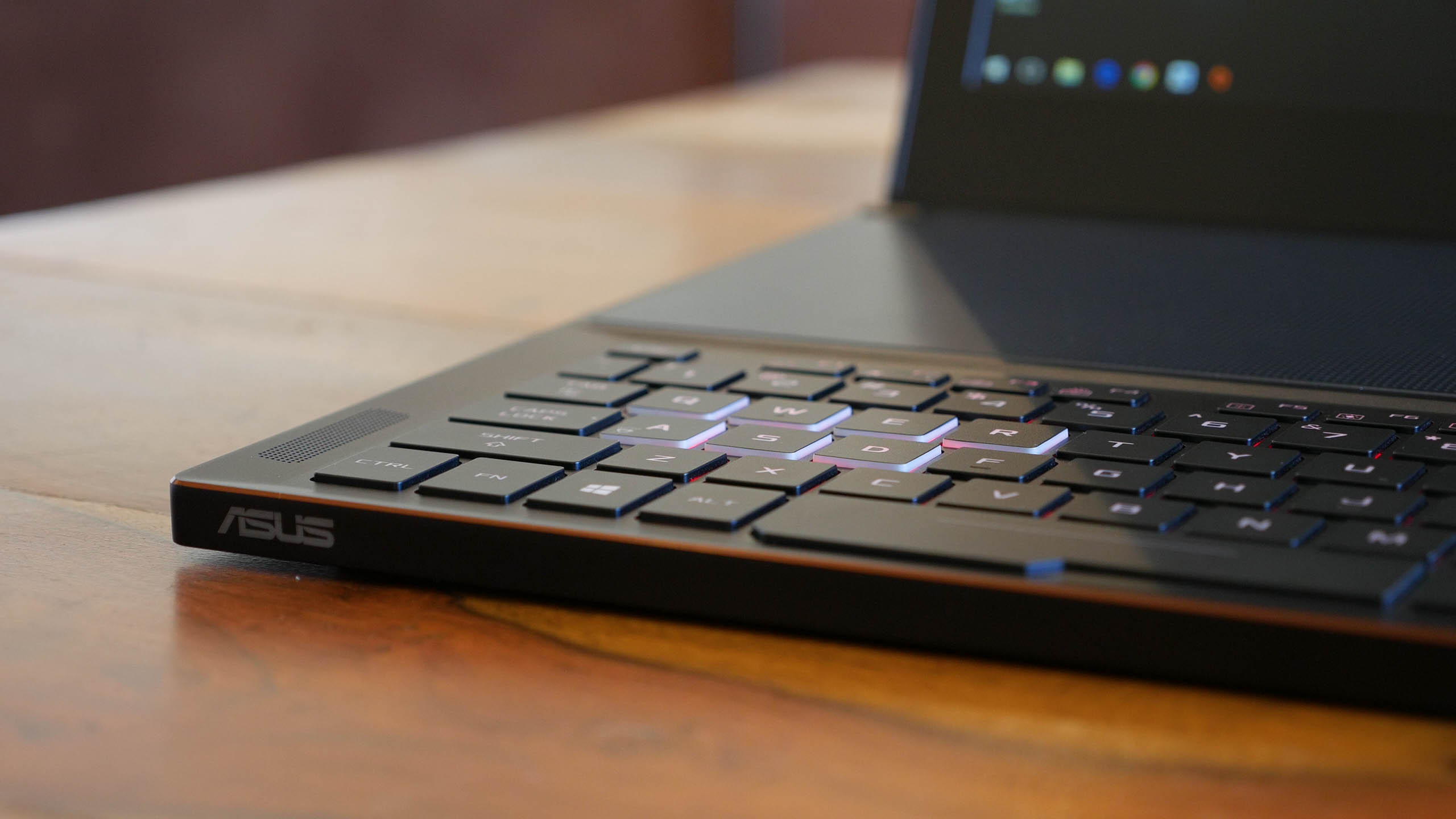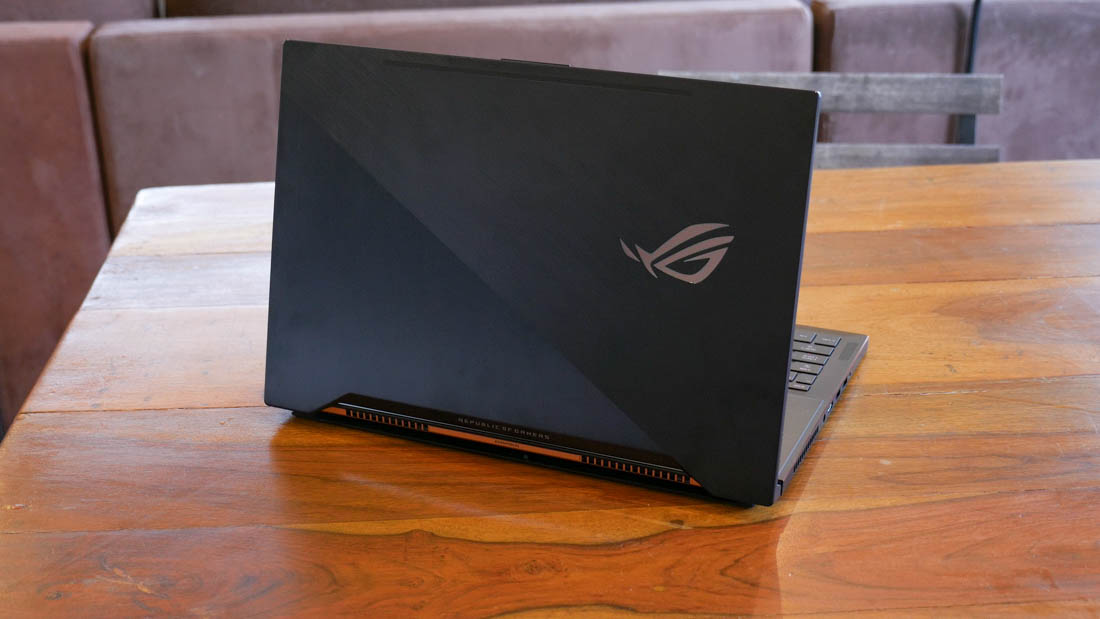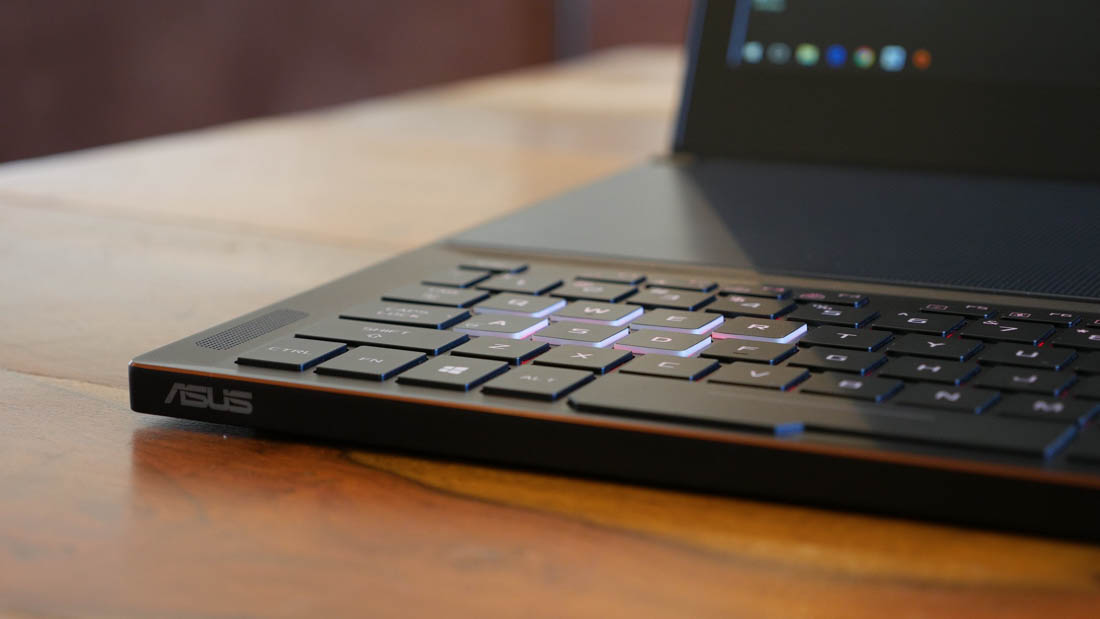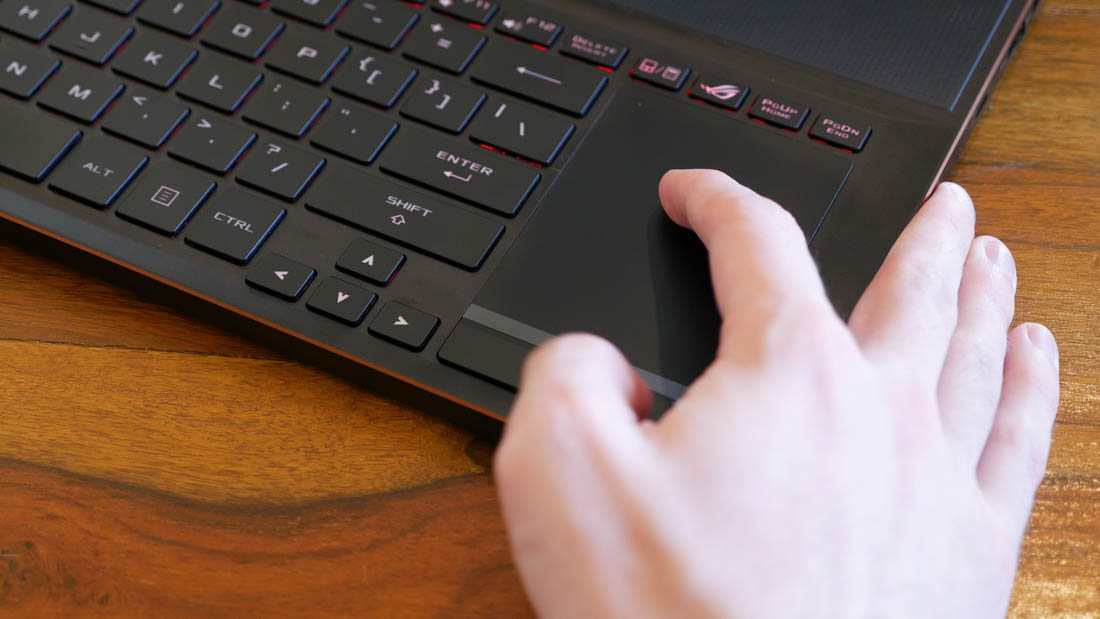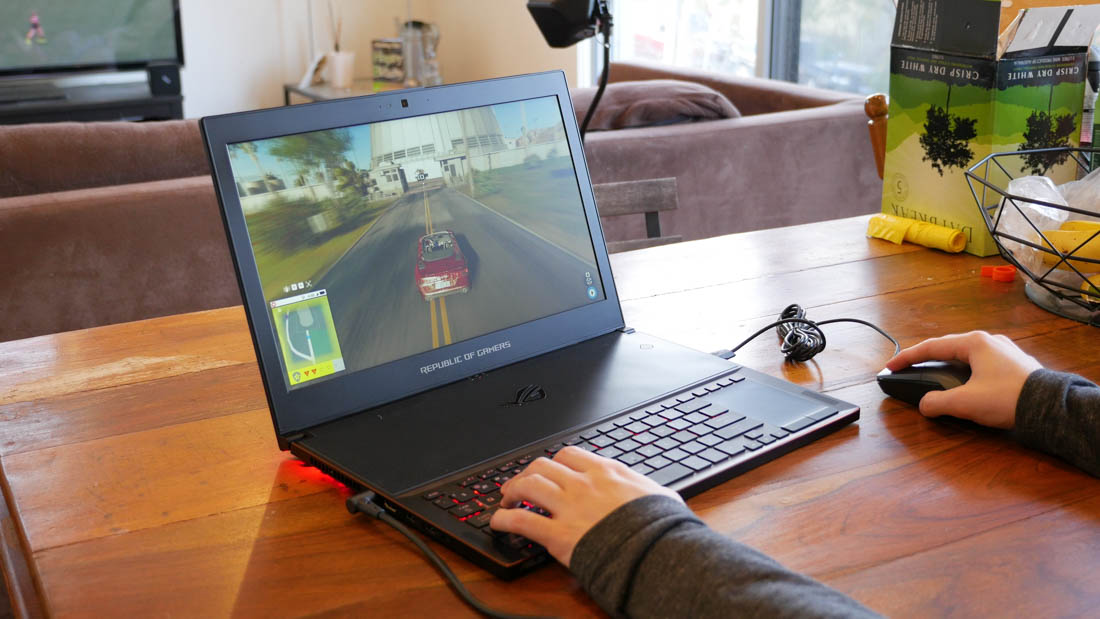Gaming laptops are more popular than ever, and that's explained by the fact that today you can get a laptop that provides a desktop-like experience in a highly portable form factor.
Gone are the days of ridiculously bulky laptops. Consumers never loved them, but it was a necessary trade-off on many ocassions. We're not yet down to ultraportable levels of convenience for a powerful gaming unit, but surely we're approaching closely now that GTX 1060 laptops like the Razer Blade are readily available.
This is what makes Max-Q one of Nvidia's most interesting initiatives this year, creating a hardware platform that brings even high-end components and their respective cooling solutions down to the size of current GTX 1060 systems.
If you look up Max-Q, Nvidia will tell you all about the optimization they've done to power delivery components, coolers, drivers, and so forth to put powerful GPUs in slim laptops. It's interesting from an engineering standpoint, but for people looking to actually buy a Max-Q laptop, here's the basic info you need to know.
Max-Q brings the GeForce GTX 1080 and GTX 1070 GPUs into an 18mm-thick chassis with a cooler noise target no higher than 40 dBA. In other words, laptops that previously were only able to include a GTX 1060 can now feature up to a GTX 1080, with a cooler that isn't going to blow up your eardrums.
The Asus ROG Zephyrus is the flagship model for Max-Q. It comes with a fully-fledged GTX 1080 with 8GB of GDDR5, along with an Intel Core i7-7700HQ and 16GB of RAM, inside a chassis that's 17.8mm thick and 2.3 kg heavy. This makes the Zephyrus the slimmest GTX 1080 laptop on the market, and by a significant margin, too.
With this sort of hardware, in this sort of form factor, it's no surprise the Zephyrus costs $2,700 in its standard configuration. My review unit, which bumps up the RAM to 24GB and the SSD from 512GB to 1TB, pushes the price even higher.
Now that I've had extended hands-on time with the unit, it's time to dive into the unique Zephyrus design. The most immediately obvious aspect is the position of the keyboard, which sits at the bottom of the base in order to make room for a large slab of components at the top. We've seen this design before in laptops that included deep mechanical keyboards, but here it's purely to maximize space for the slim cooler key to hitting Nvidia's Max-Q requirements.
The cooling solution has another unique component, and that's the base that splits apart when the lid is open to ensure maximum airflow when sitting on a desk. It's a great idea from a functional standpoint, as it allows the laptop to remain slim and prevents the fan intakes from being obstructed. From a visual standpoint though, the way the base splits apart and the flimsy plastic construction to the extended section makes the Zephyrus look broken, even though it's not.
This part of the Zephyrus' design is in stark contrast to the rest, which is very solid and premium in both look and feel. Most of the base is constructed from single piece of metal with a matte finish, and thankfully it's without the crazy gamer elements or unnecessary angles that Asus usually includes in their ROG designs. The Zephyrus looks quite sleek and understated for what's a very powerful laptop.
Of course there are some areas Asus simply couldn't resist to embellish. There are red LEDs that illuminate the underside of the laptop, and a red-higlighted ROG logo on the otherwise nice brushed metal lid.
With the cooler placing vents along the rear and on the left side of the laptop, most ports are found towards the front of each side. On the left is the power port, HDMI 2.0 and two USB 3.0 ports plus a 3.5mm audio jack. On the right are two additional USB 3.0 ports and a Thunderbolt 3 port. The Zephyrus is too thin to include Ethernet, though Asus includes a USB to Ethernet dongle in the box.
One of the biggest concerns I had with the Zephyrus design is the position of the keyboard. Laptops I'd previously used with front mechanical keyboards weren't exactly comfortable to type on thanks to the higher-than-normal position of the keys and the lack of a wrist rest.
Asus has solved both problems with this laptop. Firstly, the Zephyrus is a slim machine, so the keys are a reasonable height off the desk. Secondly, they include a rubber wrist rest in the box that can be placed along the bottom edge of the laptop for additional comfort. The rest doesn't attach to the laptop in any way, but just positioning it under the keyboard can make a difference.
The keyboard itself is pretty similar to most other ultraportable keyboards, in that travel distance isn't fantastic, though the keys do have a nice tactile response considering the limited space available. Some of the modifier keys are shorter than usual to fit in the slightly above average speakers on the sides of the laptop, though this didn't seem to affect the usability of the keyboard. The spacebar is certainly very generous.
The trackpad is another point of contention, due to its odd location on the right side of the keyboard. Personally I don't mind the trackpad in this location, I find it pretty easy to use and tracking performance is good, though naturally it won't be for everyone. It's good to see Asus acknowledging this, and even including a wired mouse in the box for gaming. The trackpad also doubles as a numpad, and this functionality works far better than a similar implementation I used recently on an MSI laptop.
The display you get with the Zephyrus is pretty decent and well suited to the hardware inside. It's a 15.6-inch 1920 x 1080 LCD panel from AU Optronics, with a refresh rate of 120 Hz and support for G-Sync. The display uses IPS technology, so viewing angles and contrast ratio are better than a TN equivalent, while pixel response times are okay.
Putting the display through our usual array of tests reveals a maximum brightness of 310 nits, which is decent, along with a contrast ratio of 1225:1. The display is a bit too cold for accurate work, due to a color temperature of 7126K, though a grayscale dE2000 average of 2.69 isn't terrible. Saturation and ColorChecker dE2000 averages of 3.36 and 3.92 aren't suitable for color accurate work, though neither is outrageously terrible for a gaming laptop.
